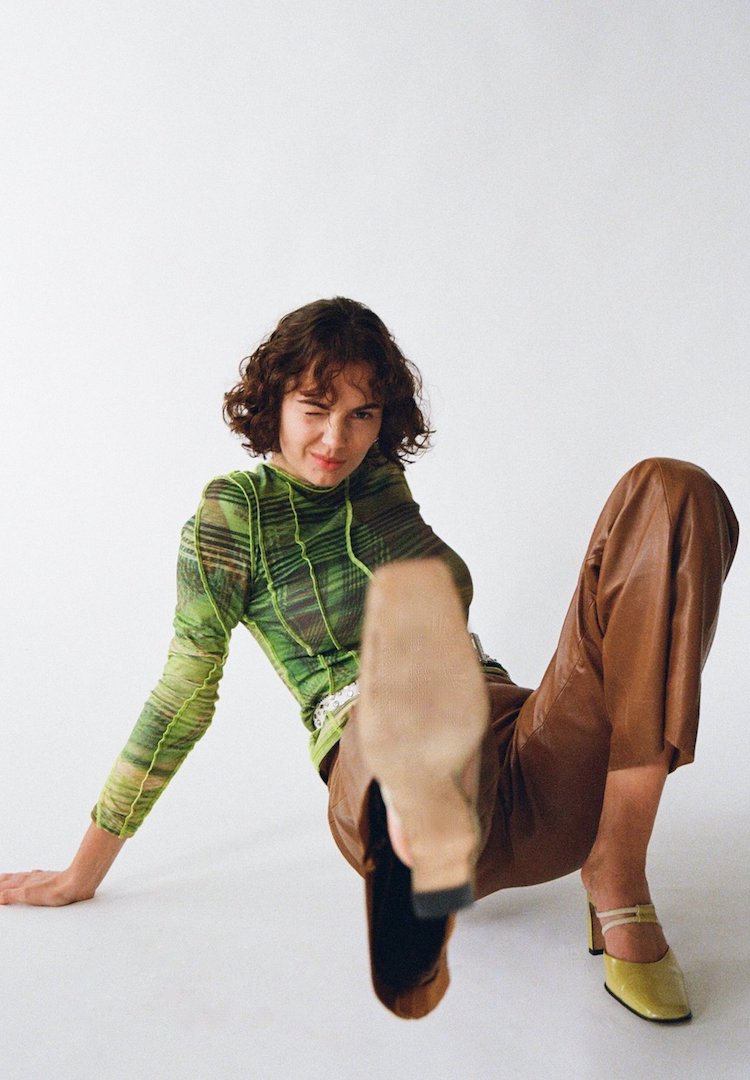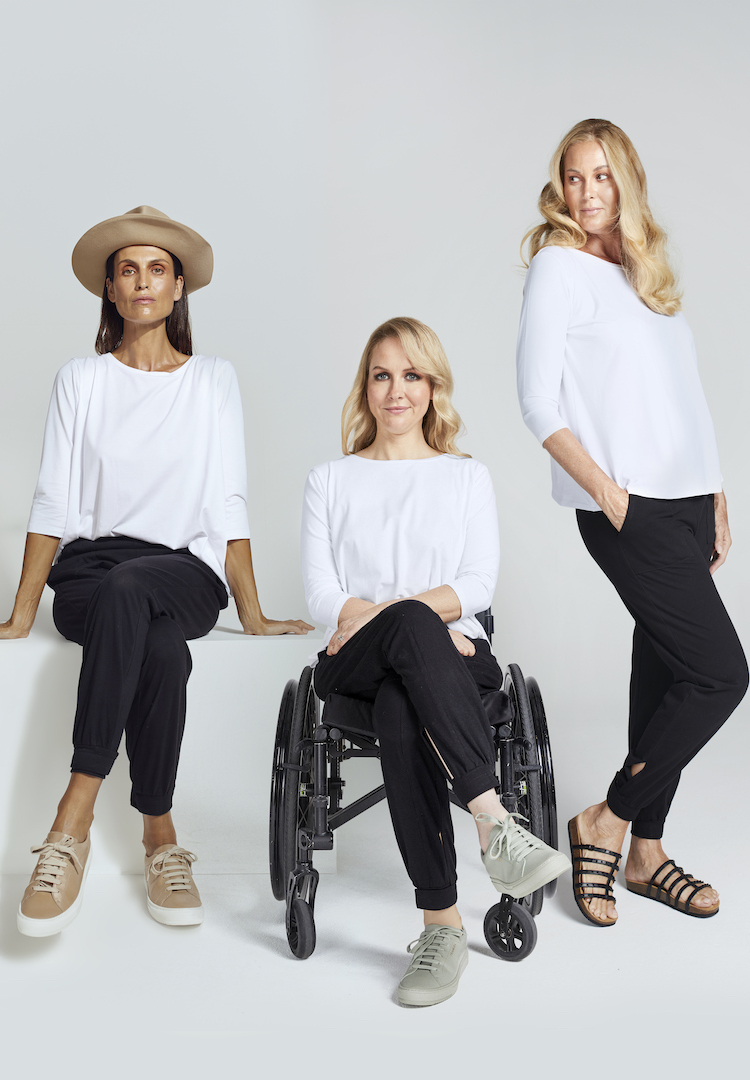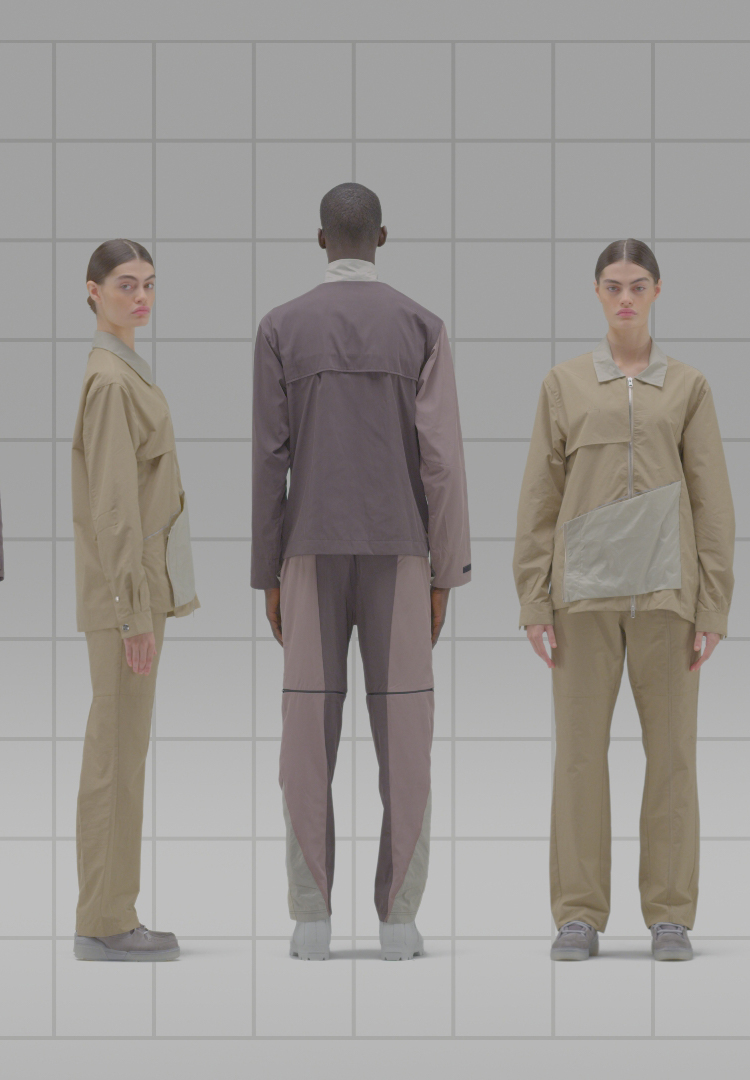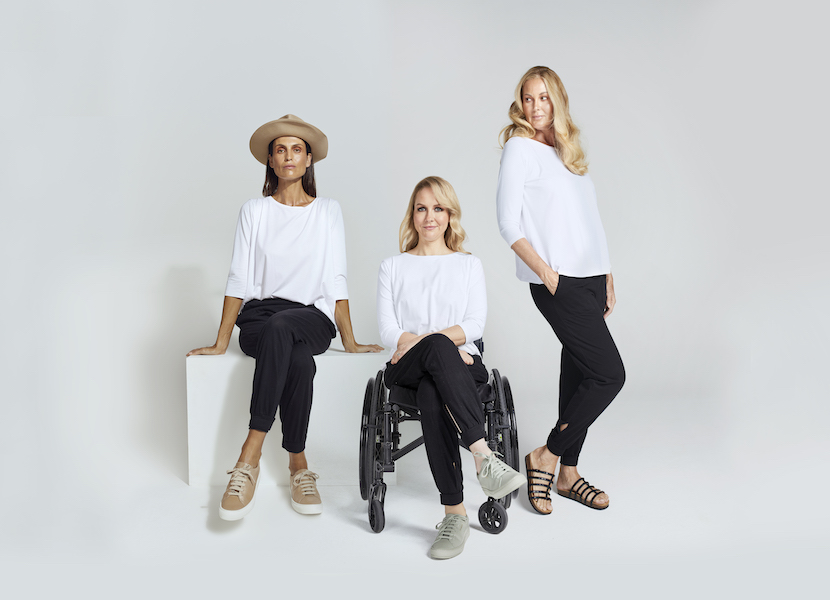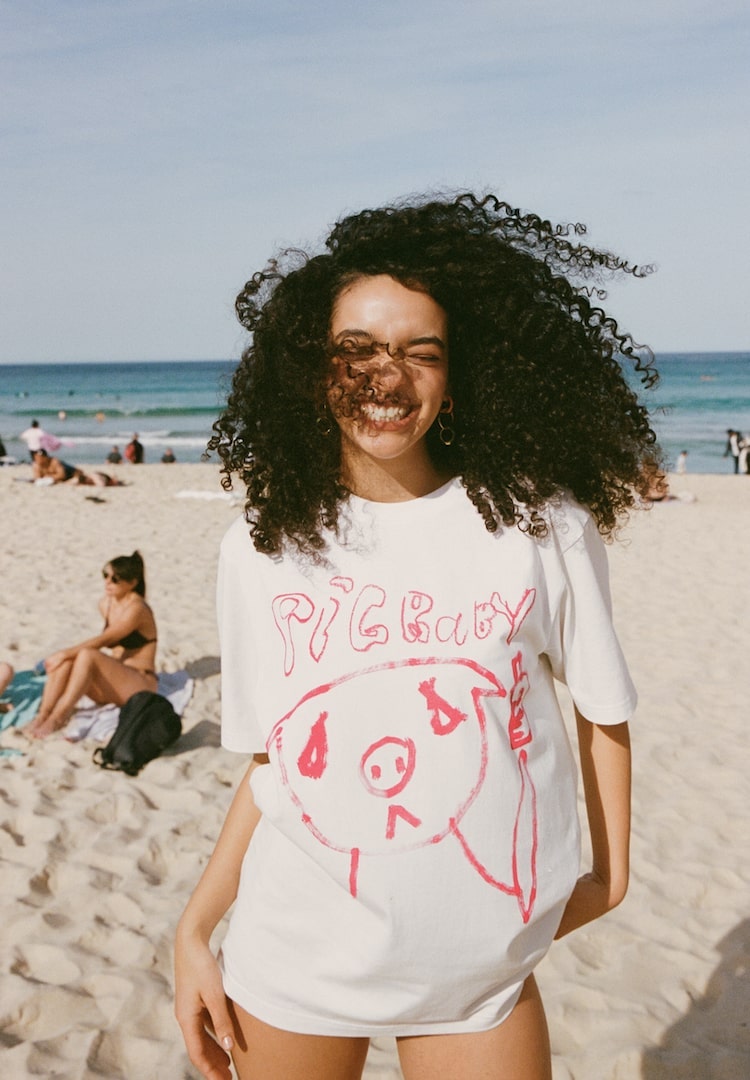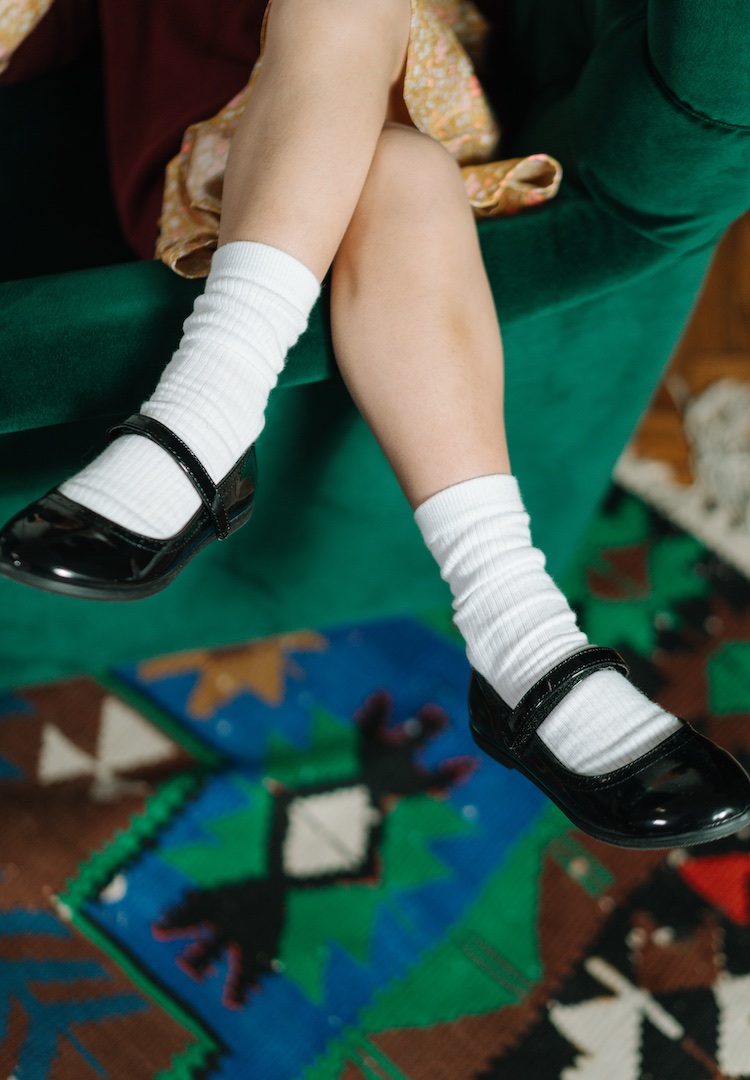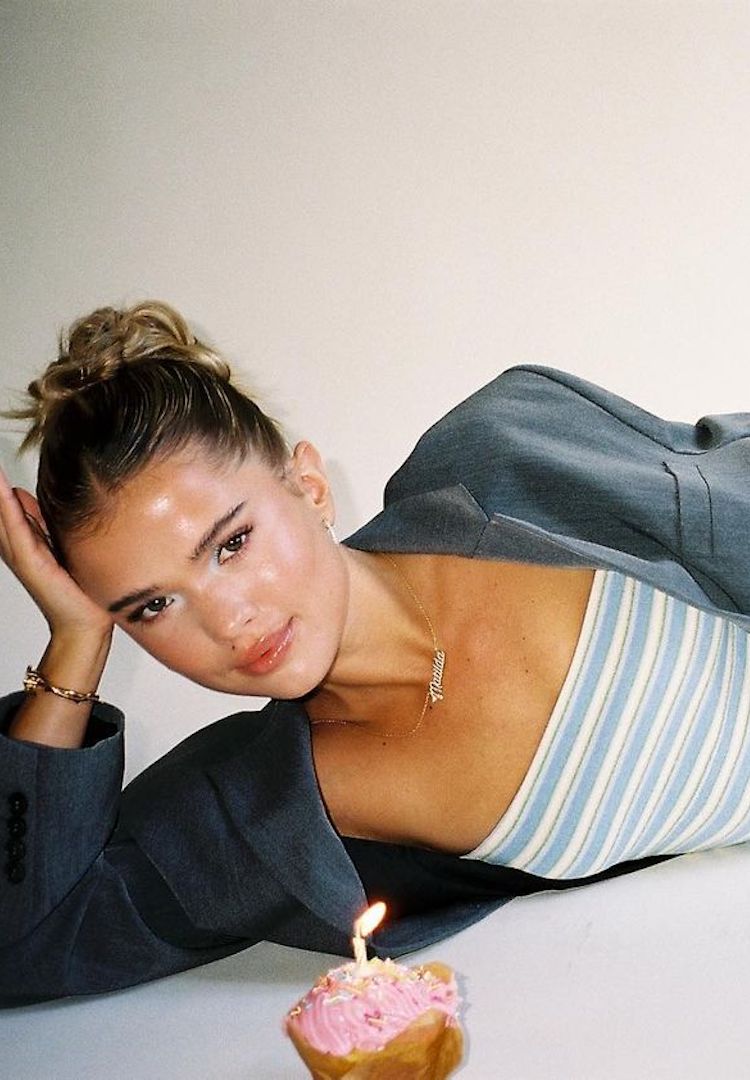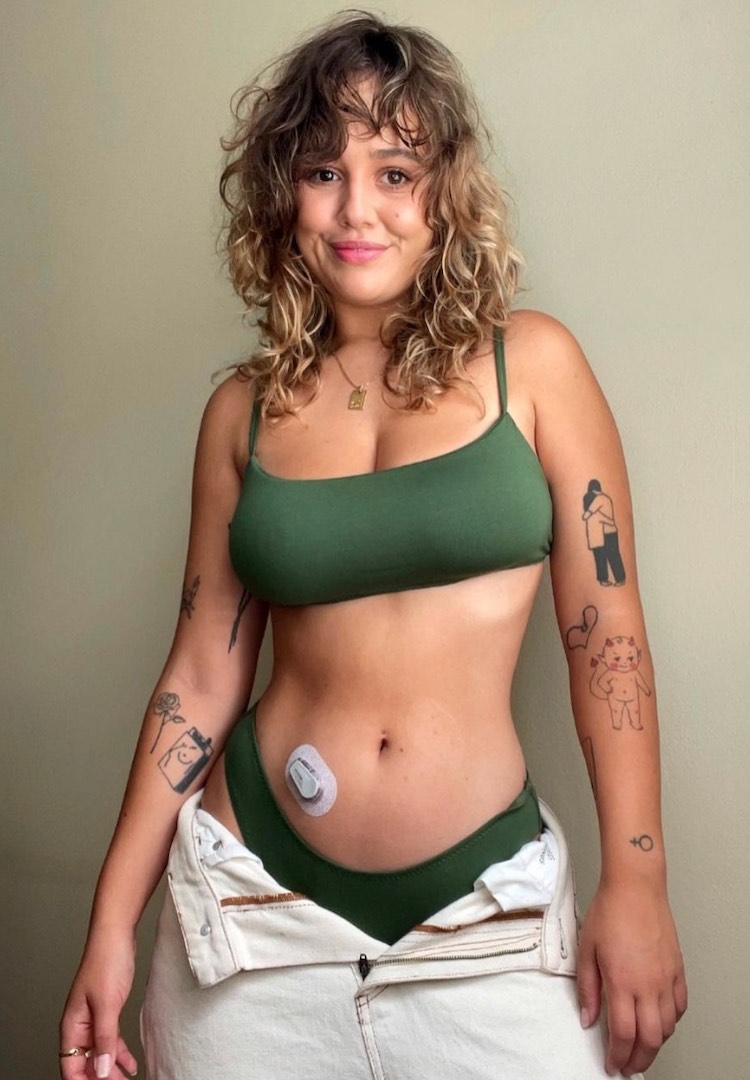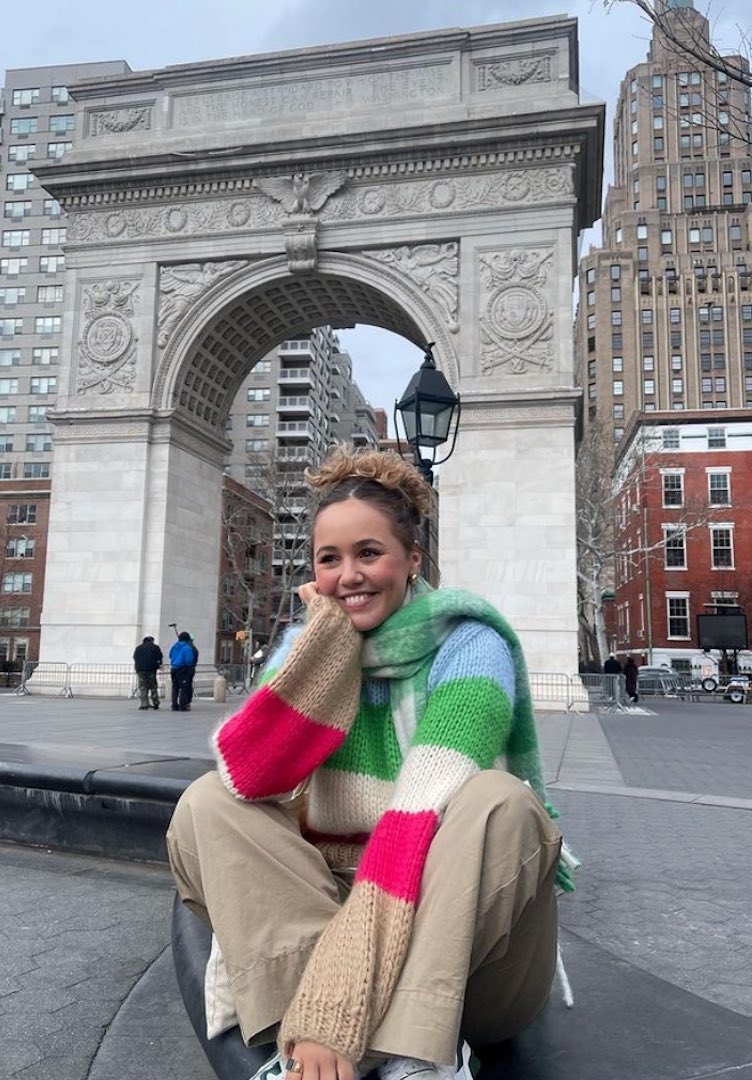This Brisbane-based adaptive and inclusive clothing label is disrupting the fashion industry
WORDS BY Sheena McGorlick
Blending fashion, form and function to make getting dressed easier.
We live in a world where fashion is constantly evolving, trends are coming and going at a rapid rate (even faster than we can slap on the hand sanitiser) and sustainable and ethical fashion is finally being practised amongst the mainstream.
However, there is still one area of the industry that is not moving as fast as we would like it to – adaptive and inclusive fashion. Australian label Christina Stephens has set out to shake up the fashion industry and push adaptive and inclusive fashion to be part of the mainstream by providing stylish solutions for this market.
I sat down with the founder of Christina Stephens, Jessie Sadler, who launched the clothing label in March this year, right when COVID hit Australia. Despite the uncertainty that surrounded its launch, Christina Stephens has had both global and local success in the short time it has been in the market.
Jessie, can you start by telling us how exactly you got into the universal design space and how Christina Stephens was born?
My mum had a fall when we were out shopping about five years ago and damaged both of her elbows and couldn’t dress herself properly for about four or five months after that fall. There didn’t seem to be a lot out there for mobility restrictions. Because of this, I wanted to create something that was of better quality, more on-trend. One of the key factors was creating something for independent dressing, so not needing someone to dress you every morning.
Had you previously worked in the fashion industry?
No, never! I have an energy background. I was very interested in the commercial and marketing aspect of it and I have brought in talent in terms of pattern making design and production assistance with the garments. I designed the entire collection in my five-year-old sketch-like way and used images to communicate how I wanted the designs to look. I have done a lot of fabric procurement and research. I went over to China and met our bamboo manufacturers. I have control and 100 per cent of the say about the design. In terms of transferring what’s in my head and on paper into patterns and getting that through to production cycle, I have a small team in Sydney that helps me with that.
You launched in March this year, what has the response been like so far?
The response has been fabulous. We picked up retailers in the first three months in the US, UK and Australia. I think that is representative of the lack of product and choice in the market. We have had no product returns so that is a very telling sign for us that there is strong customer satisfaction with the products. Our approach has been well received so we continue to work with a focus group of about 20 women with different disabilities from around the world that feed into our design process and we are just about to open that up to the allied health sector so that occupational therapists and physios can be involved in that process as well.
View this post on Instagram
What have you found to be the biggest challenge since you launched?
Early assumptions we made about our customer. One assumption was that an online store would be easiest for people with disabilities because of access. That is true to some extent but until women, particularly with disabilities, understand and appreciate your brand, they want to touch and feel and see it, to make sure that it’s going to work for them. There’s also a lot of small things like even if you don’t put zips in, what kind of velcro or hook and loop are you using, is it going to irritate their skin etc. It’s a really tactile requirement for many women. The other thing is the information that you include on the website that needs to go above and beyond the norm, which is something we are working on for the second collection. We need to do more videos of how it works on different seaters, walkers, sticks etc. It is a customer experience issue and has been a learning curve through feedback as we have gone along in the last couple of months.
You have said that adaptive, inclusive fashion is where plus-size clothing was 20-30 years ago, are you able to unpack and elaborate on that a bit further?
In media and marketing, we very rarely saw anyone beyond a size 12, if that. So that has taken a lot of time for customers to accept beauty in different forms and for the advertising and media sector in fashion to take that on board and to include that in their campaigns. There is some kind of stigma involved if you need a size 24 and we are finding that with adaptive fashion, with different parts of the market there is a stigma attached to wearing things with velcro or needing something special to be able to put your clothing on properly, and we really need to overcome that to make adaptive fashion as available and accessible in the mainstream fashion industry as plus-size fashion is now.
Disability advocates in the field of fashion, such as Sinead Burke, are bringing awareness to the mainstream. Are there any influential figures globally or locally that have inspired you?
We work with a beautiful woman called Lisa Cox who was previously involved in the media/marketing space and at 24 she had a stroke and that put her into a wheelchair or with a prosthetic leg. She modelled in our opening campaign. She has been amazing to work with and very helpful with simple things such as language. We are also working with Samanta Bullock in the UK who we retail through. She had a gun accident when she was 14 and as a result, she is permanently in a wheelchair. She is all over the UK and Europe in terms of inclusive and adaptive fashion. We have been very lucky to be able to align ourselves with these two females at such an early stage. But what we do find is that when we try and reach out to influencers on Instagram, for example, there is next to no one operating in this space in Australia.
In the ‘Unique women, unique stories’ vertical on your site, interviewee Ronia Hamze says that “Being in a wheelchair doesn’t take that feeling away of wanting to feel sexy. It’s the fashion industry that takes that away from you.” How does it feel being able to give people like Ronia a voice, and to make them feel they are being heard?
If that’s what we can do, it feels like a tiny thing we can do for women. They are giving so much back to us by telling us their stories. It’s not just Ronia who says that. Michelle Rogers is our next feature story next month and she elaborates on the issue, saying “Why wouldn’t I want to feel sexy, why can’t I show cleavage, why do people make this assumption that we don’t want to feel like females anymore?” Those comments are coming in more and more when you look at adaptive fashion.
Are you looking to keep your minimalist style in the next collection that drops?
For our first collection, we put out quite a minimalist style and colour palette. I will definitely shake that up a bit in a second collection but will definitely keep a minimalist line and certain garments as its good to have quality basics that you can match with jeans and a jacket. We are playing with some different ideas around using remnant fabrics and bringing different colours and patterns and a bit more of a bold style into the next collection. The second collection will be dropping early next year.
Lastly, what do you want the future of inclusive fashion to look like?
As we progress, I would like to see inclusive and adaptive fashion being available in the mainstream. On mainstream fashion platforms, in mainstream department stores, that is the end goal for us. So that our customers can go into David Jones, for example, and be able to shop like you and I do. Until we get to that point, the journey would include greater representation of people who live with a disability and that to be normalised in mainstream media. It is 20 per cent of the population that we are talking about, so I would like it not to be seen as such a niche or bespoke market. There needs to be more inclusivity from that perspective. It would be great if this genre of clothing would become a feature throughout the pipeline so that fashion design school students looked a bit closer at this as well and understood the markets that were out there rather than just fashion from an aesthetic perspective.

